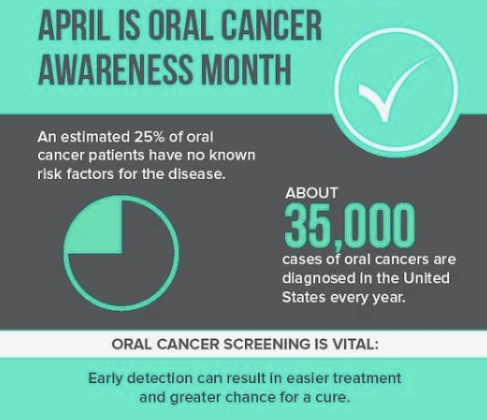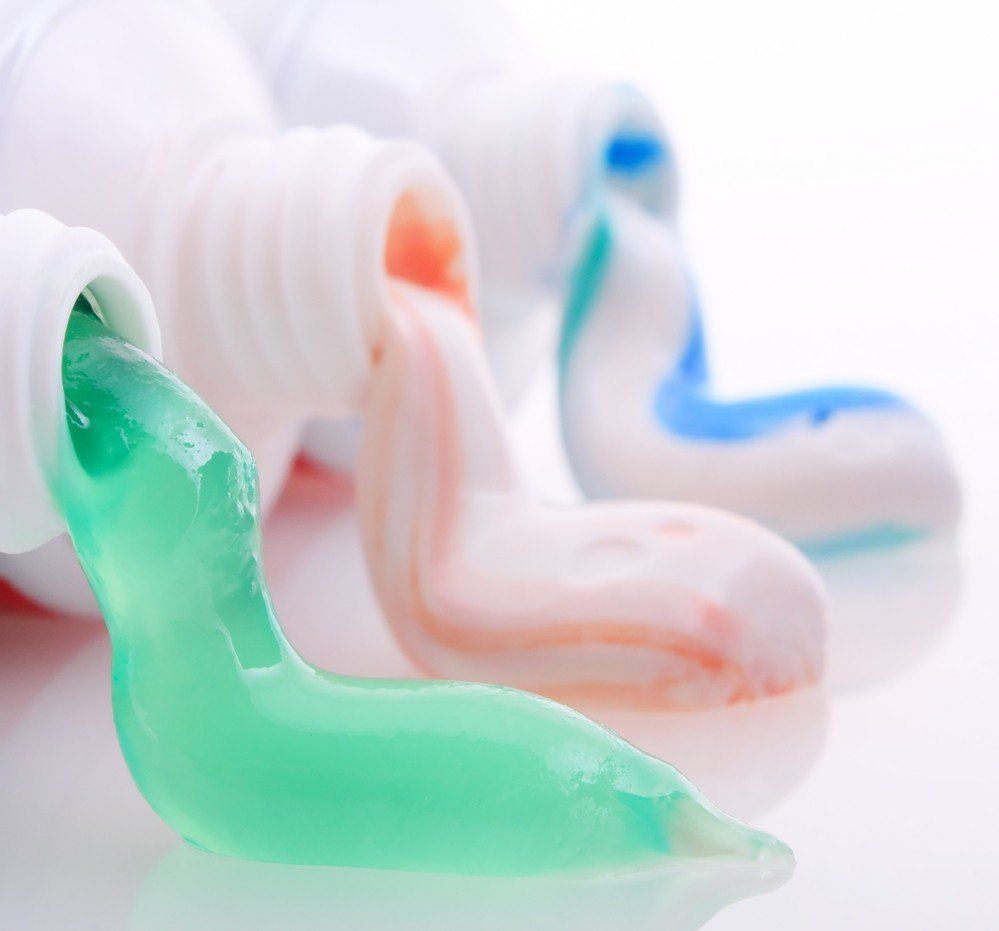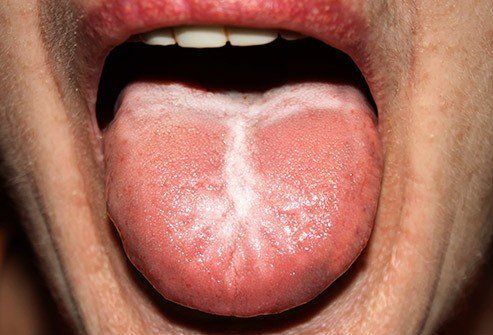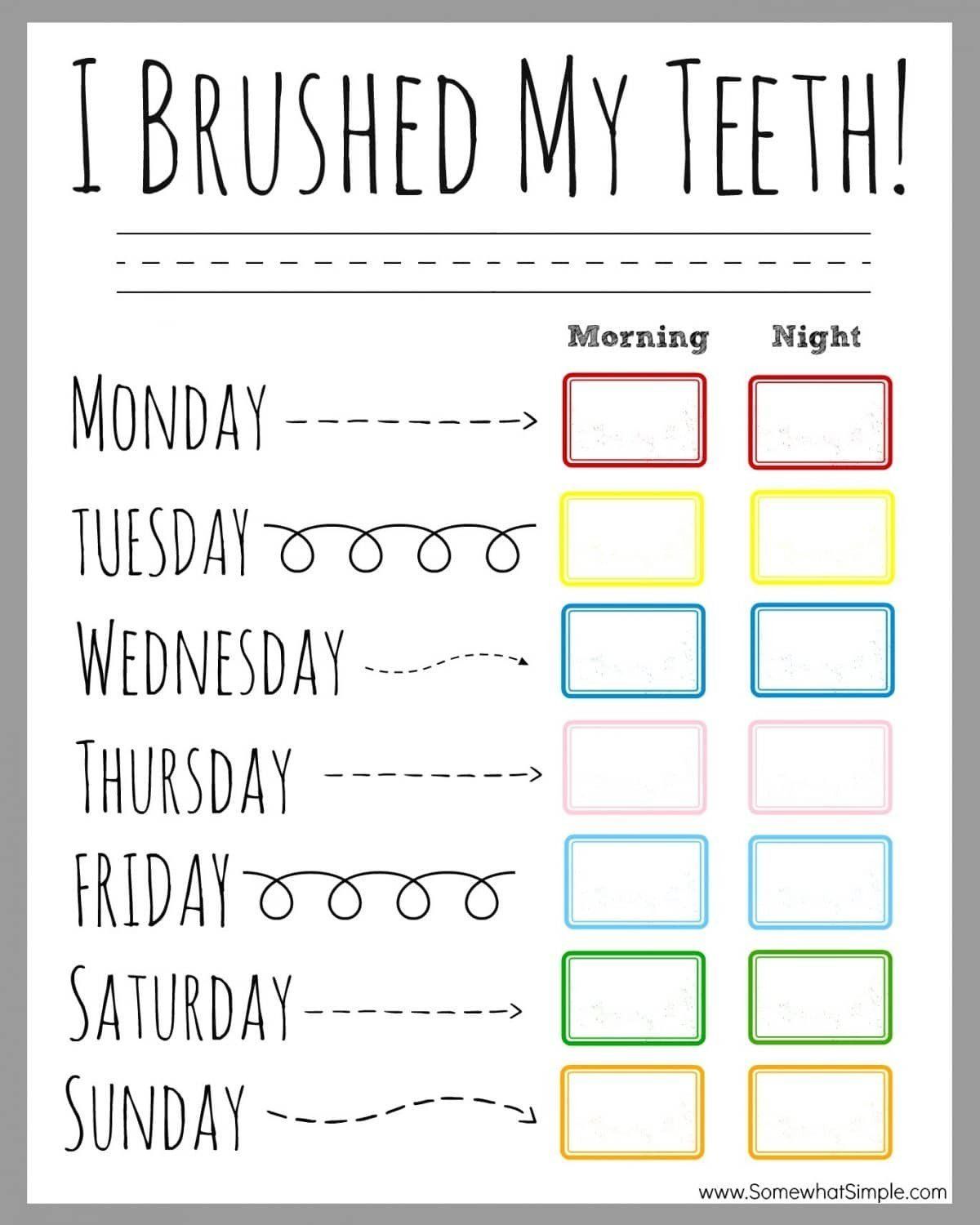Why Are More People Choosing a Concierge Dentist?
- By Joel Snyder
- •
- 14 Sep, 2017
- •
A Holistic Approach

The Holistic approach looks at the entire person, your environment, and more importantly your health! Many health related issues can cause dental problems. Cancer treatments, pharmaceuticals, diabetes, and other reactive side effects from medial treatments (and lack of treatments) all contribute to oral health. Knowing more about the person and creating a treatment plan that fits their lifestyle is key to maintaining good oral health. The opposite can also be true, as bad oral care leads to other health related complications and infections.
Even healthy people need to maintain regular checks and monitoring. Cosmetic treatments, sealing of tooth enamel and cavity prevention, even treating of minor gum disease can improve overall lasting health. Allow yourself to be treated based on your lifestyle, and not to be ruled by insurance and corporate plans. The biggest benefits are lasting health and reducing the overall financial exposure.
Fabulous Smiles Concierge services include:
- Extended appointment times
- Personal and Private Treatment in our Spa-like modern office
- Quadrant dentistry to reduce office visits
- Holistic dental treatment plans for maintaining oral health
Check out our special for New Clients, to experience why more people are choosing a Concierge Dentist over traditional dental clinics today.

Contact us!
https://www.fabuloussmilesdental.com/contact

ADA Approval
First, make sure you choose a product approved by the American Dental Association and displaying the seal on its packaging. There are plenty of fluoride-free, organic, and all natural options tested by the ADA for both safety and effectiveness at keeping the teeth clean. Products without these seals have not necessarily been tested for their claims and quality, so you’re gambling with the health of your mouth by using them.
Focus on Needs
Consider what your teeth need the most to choose a toothpaste with the right extras. Whitening toothpaste can’t always replace professional whitening from a dentist, but it does work to prevent surface stains that cause your white smile to lose its brightness after treatment. Most toothpastes tend to target one of more of the following conditions or needs:
- Sensitivity, in the gums and teeth, from mild to severe pain
- Fluoride products are essential for kids, adults who don’t get enough of it in their diet, and people with diabetes and many other conditions
- Anti-cavity, which most products cover but which should always be checked
- Anti-gingivitis, ranging from over the counter to prescription products for healthier gums.
Watch Out!
There are a few products you don’t want to use on your teeth, and they’re often sold as cosmetic products rather than medically tested toothpaste. Any whitening toothpaste with a very abrasive ingredient, ranging from natural walnut shell to plastic microbeads, can leave your teeth with enamel damage that is permanent and hard to treat. Activated charcoal powders can also discolor teeth along with eroding your enamel. Look for toothpaste products that reinforce enamel rather than damaging it.
Picking a Toothbrush
Of course, the toothpaste still needs to be applied to the teeth with the right tools to effectively protect you from cavities and gum disease. The wrong toothbrush can damage your enamel, scratch your gums, or fail to remove trapped food from between your molars. Only use soft bristled brushes unless given advice from your dentist to the contrary. For most people, stiff bristles are too hard for their gums. The tip of each bristle should be rounded and not pointed or square so that food debris and tartar comes loose with each sweep. Replace your brush every three months even if it still looks new and fresh since bacteria can build up over time.
Need more advice about what to do to take care of your teeth? Make an appointment with your dentist for a routine cleaning or a timely inspection. You can discuss your concerns without feeling rushed and determine if your current oral health practices are sufficient for keeping your smile bright, healthy, and strong.

Creamy white spots could be thrush, a fungal infection (shown below). It often happens after an illness or medications throw off the balance of bacteria in your mouth. White patches that look lacy could be lichen planus, which means your immune system is attacking the tissues in your mouth. If you see hard, flat, white areas that can’t be scraped away, it could be leukoplakia, which is linked to cancer. Let your dentist know about any white patches you see.


